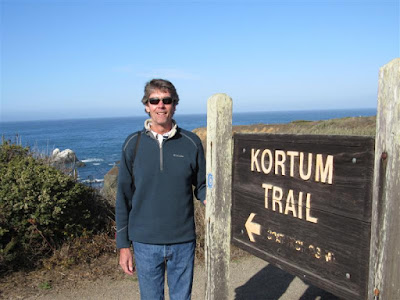WordWave is Crashing on our Shores
I am super excited about and volunteering for WordWave. This three-day literary festival held next weekend, at the Tallac Historic Site, will feature oral storytelling, author readings, vendors, panels on craft, a Maker’s station and a novel writing camp for kids. Ticketed events include a steampunk ball, workshops, agent sessions and even a hike. The entire schedule is online at www.TahoeWordWave.com.
























































Recent Comments